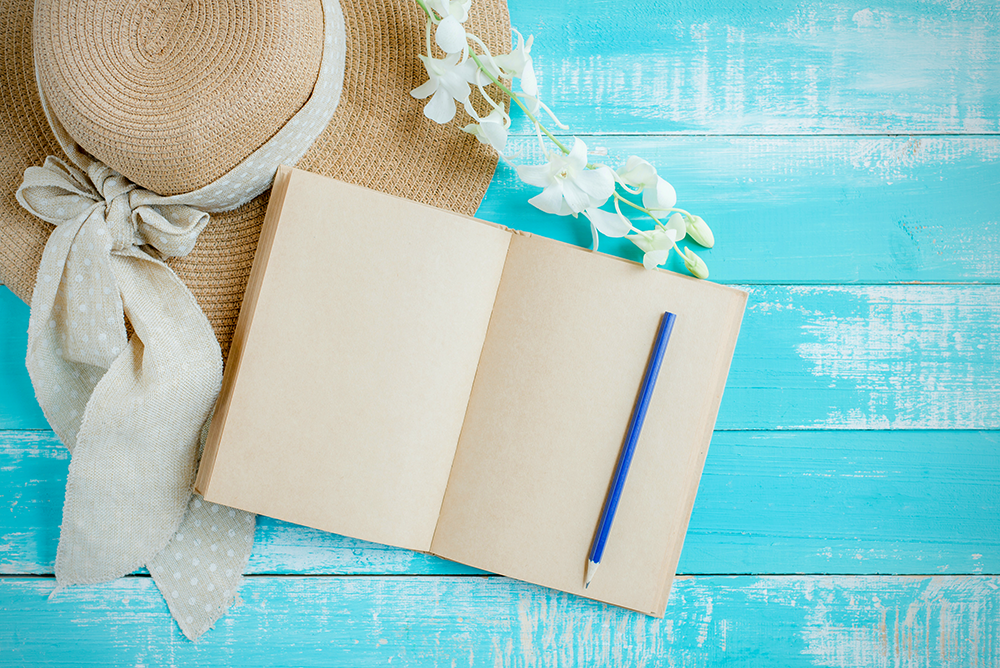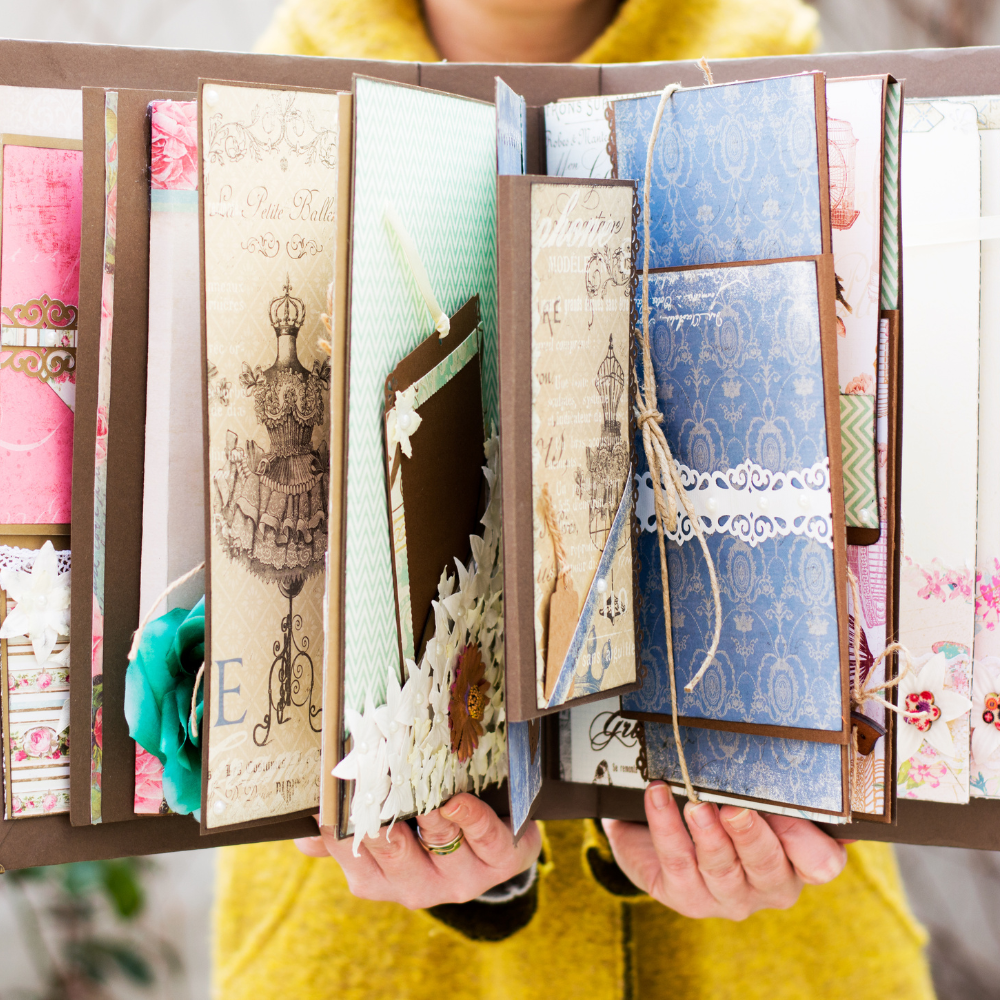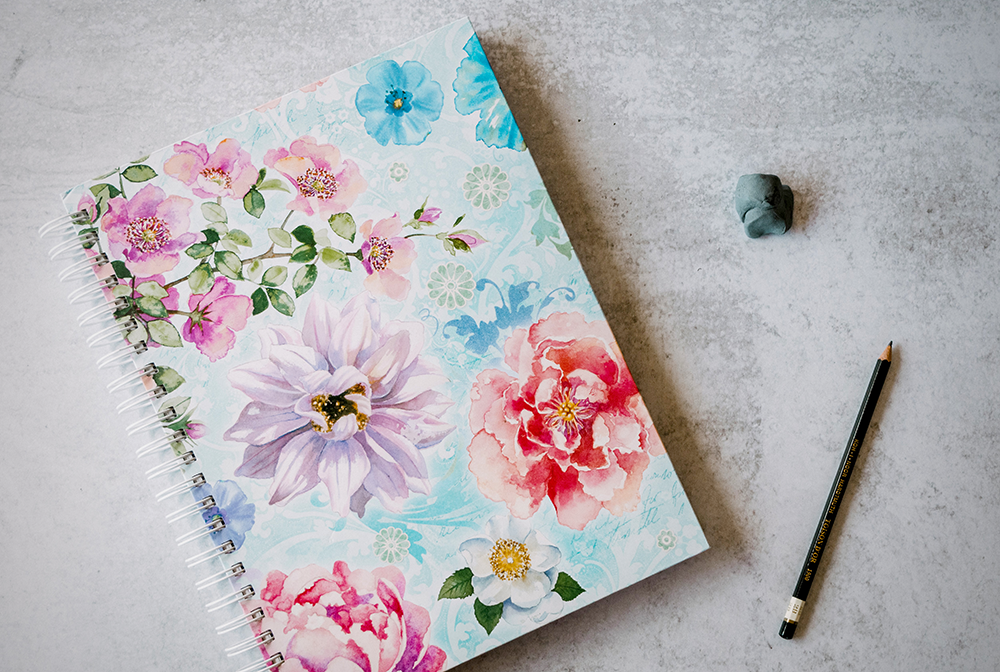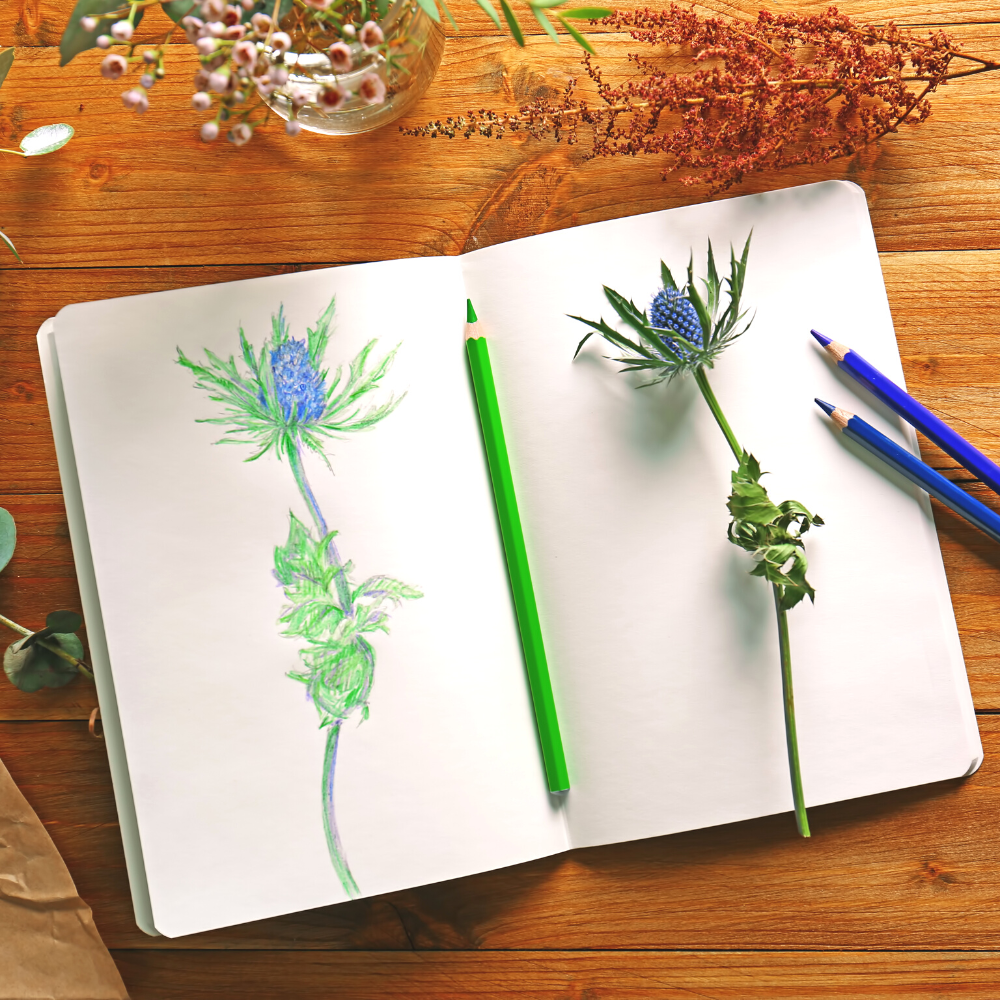Are you always on the lookout for new creative outlets?
Do you find yourself drawn to creating visually appealing pieces of art?
Whether you’re an experienced artist or just starting out, there’s one form of artistic expression that has been gaining popularity in recent years - art journaling.
But what exactly is art journaling and how does it differ from other forms of art?
Is it truly a hobby or something more meaningful?
In this blog post, we’ll dive into the world of art journaling and explore its unique creative process.
Let's explore the world of art journaling – a form of visual storytelling that combines both words and images.
Join us as we unveil the creative process behind this unique practice and explore why it has become increasingly popular among creators of all varieties.
So, grab your paints, pens, and paper as we unravel the mystery behind this increasingly popular artistic pursuit!
Key Takeaways:
- Art journaling is a versatile and personal form of self-expression that combines elements of writing, drawing, and painting.
- It serves as a creative outlet for exploring ideas, emotions, and artistic skills, often leading to personal growth and stress relief.
- Art journaling is accessible to everyone, regardless of artistic ability, and can be done with minimal supplies.

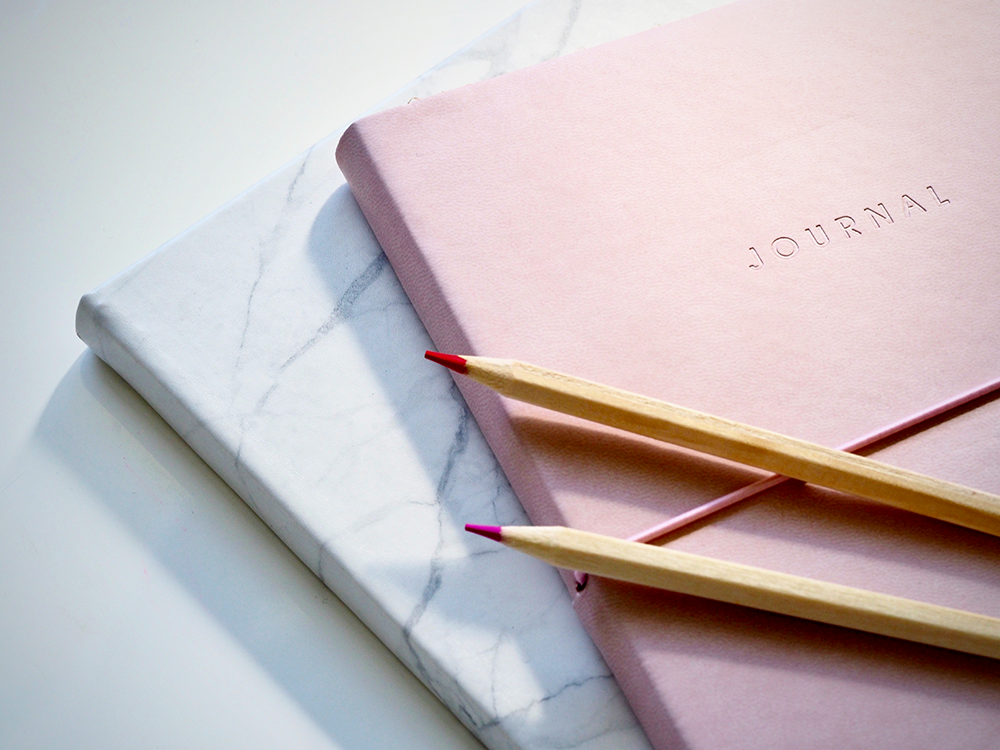
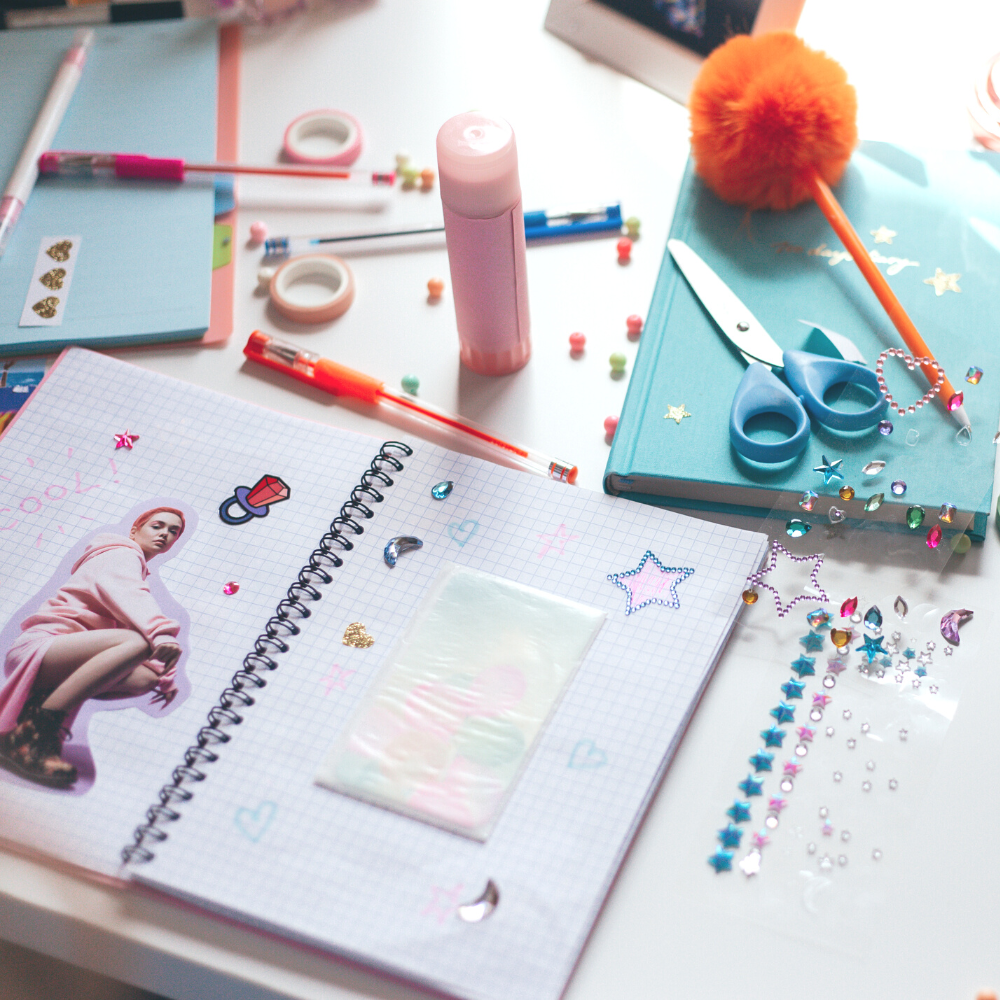
The Essence of Art Journaling
Art journaling - it's more than just painting in a notebook.
It's a way of life, a therapeutic escape from everyday chaos, and a chance to showcase your creativity.
Art journaling is a multifaceted activity that has gained popularity over the years as a form of self-expression and creativity.
Whether you're an artist, a beginner, or simply someone looking for a new hobby, journaling offers endless possibilities.
At its core, art journaling is the practice of combining visual art with the written word.
It is a creative process that allows individuals to explore ideas and express emotions on a blank page.
Unlike traditional journaling, which typically involves writing, art journals incorporate a range of mediums such as drawings, paintings, and collage.
This form of journaling is not just something artists do; it's a creative way for anyone to document life's moments, experiment with art supplies, and embrace imperfection.
With its unique combination of words and images, art journaling allows you to express yourself in a way that is both visually appealing and emotionally satisfying.
It's not about creating perfect pieces of art, but rather about exploring your inner thoughts, emotions, and ideas through mixed media.
In fact, many artists turn to art journaling as a way to let go of expectations and just enjoy the process of creating without judgement.
A Platform for Self-Expression
Art journaling is a powerful tool for self-expression.
It provides a safe space where you can freely express your feelings, thoughts, and dreams without judgment.
Many art journalers find that the art journaling process helps them to process emotions and make sense of the world around them.
The pages of an art journal can become a visual diary, reflecting the artist's inner world and serving as a canvas for their evolving story.
It's a way to create something meaningful and personal, regardless of artistic skill.
Through art journaling, you can experiment with different techniques and mediums, allowing yourself to be vulnerable and open to new possibilities.
You may discover new insights about yourself, develop your own style and voice as an artist, or simply find joy in the process of creating.



The Role of Art Supplies
When it comes to art journaling, all your art supplies can come into play.
From wet mediums like watercolors and acrylics to dry materials such as pencils and pastels, the possibilities are endless.
Mixed media techniques are particularly popular among art journalers, allowing for the combination of various materials on a single page.
The key is to focus on the act of creating rather than the end result, which encourages a sense of freedom and fun.
With this mindset, you can experiment with different textures and techniques, layering materials to create a unique and personal piece.
Art Journaling as a Creative Outlet
For many, art journaling is a hobby that provides a creative outlet and a break from the routine of daily life.
It's a chance to set aside time for oneself, to play with creative ideas, and to experiment with different techniques.
Whether it's through card making, collage, or simply doodling, art journaling offers a way to unwind and engage in a form of self care that nurtures creativity and inspiration.
So, what does the creative process look like for an art journaler?
For starters, it's important to note that there is no right or wrong way to create an art journal.
The beauty of this practice lies in its freedom and flexibility, allowing for endless possibilities and self expression.
Some art journalers may choose to start with a prompt or theme, while others may let the creative process guide them.
There's no right or wrong way to approach it - it's all about what works best for you.



Finding Inspiration
Art journaling is all about self-expression, but that doesn't mean you have to start from scratch every time.
Many artists find inspiration in everyday life - whether it's a quote they heard, a photo they took, or a memory from their past.
You can also find inspiration in other forms of art, such as paintings, poems, or music.
Don't be afraid to incorporate different sources of inspiration into your own work and make it your own.
The Creative Process
Once you have an idea or inspiration in mind, the next step is to gather your supplies and start creating.
There's no need to worry about making mistakes or creating a perfect piece.
In fact, many art journalers embrace the idea of "happy accidents" and let go of any expectations or judgement.
Just focus on exploring your ideas and expressing yourself in a way that feels authentic to you.
The End Result
The beauty of art journaling is that there is no end result - it's an ongoing process that can continue for as long as you'd like.
With each page, you have the opportunity to learn something new about yourself and your artistic abilities.
Whether it's a single page or an entire journal, each piece is a reflection of your unique journey and perspective.
And that, in itself, is the true essence of art journaling.
So, is art journaling a hobby? Yes, but it's also so much more than that.
It's a form of self-expression, a way to explore your creativity and emotions, and a platform for personal growth.
And with its accessibility and endless possibilities, there's no reason not to give it a try!
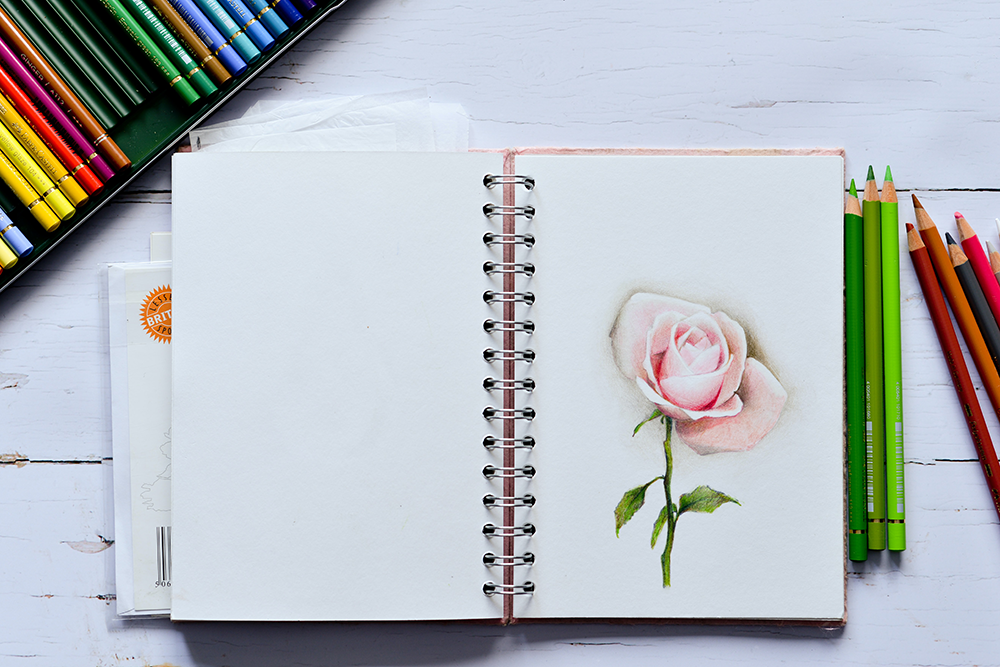
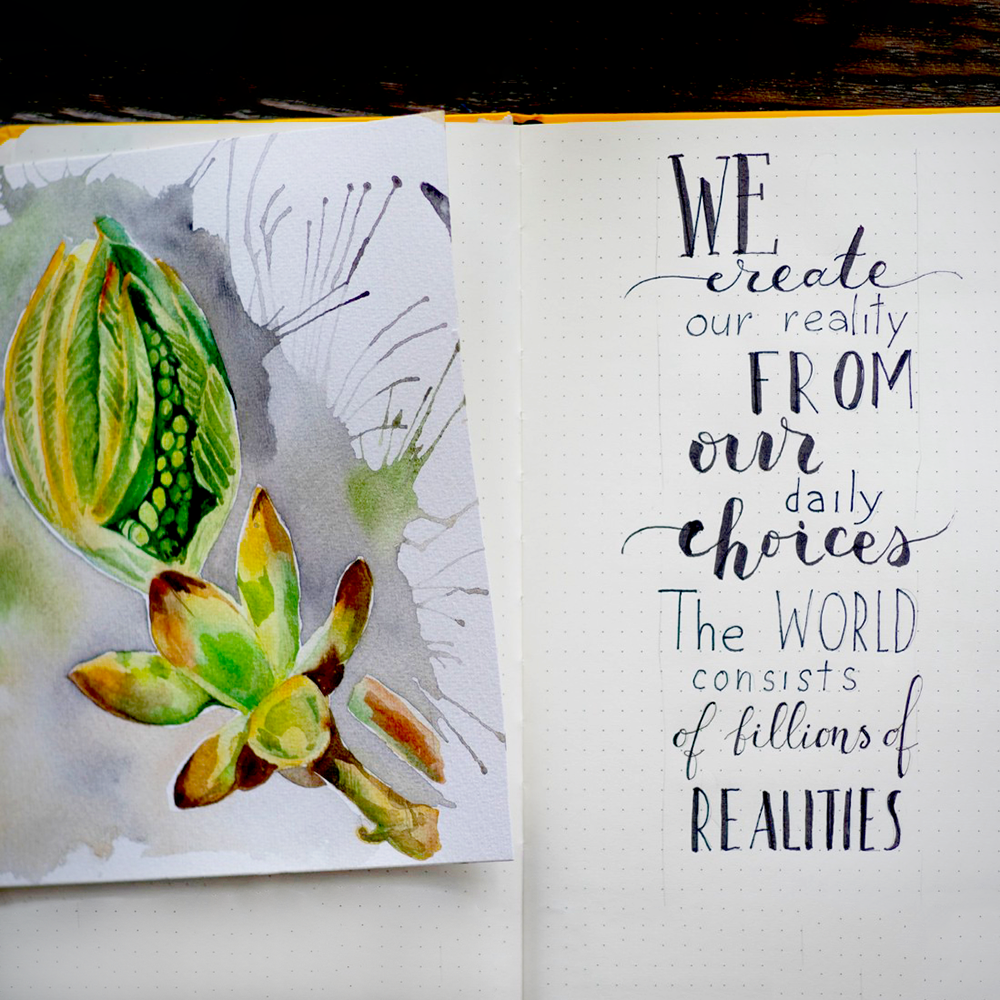

The Therapeutic Benefits
The act of art journaling has been found to have therapeutic benefits.
It's a form of self care that can help manage stress, improve mood, and boost mental health.
By focusing on the art journaling process, individuals can enter a state of flow, where time seems to stand still and worries fade away.
This can be particularly beneficial for those looking to find a creative way to cope with life's challenges.
The act of creating and expressing oneself through art has been shown to reduce stress, improve mood, and promote relaxation.
Furthermore, the process of journaling allows for self-reflection and introspection, helping individuals better understand their thoughts and emotions.
It's a form of self-care that goes beyond just creating art, but also taking care of one's mental and emotional well-being.
So, not only is art journaling a hobby, it can also be a meaningful practice for improving overall wellness.
Art Journaling and Personal Growth
Engaging in art journaling can lead to personal growth and development.
It encourages self-reflection and can help individuals gain insight into their emotions and thought patterns.
Over time, favorite journals become filled with pages that document personal journeys, showcasing how one's style and focus have evolved.
This can be a source of pride and a testament to the transformative power of this art form.
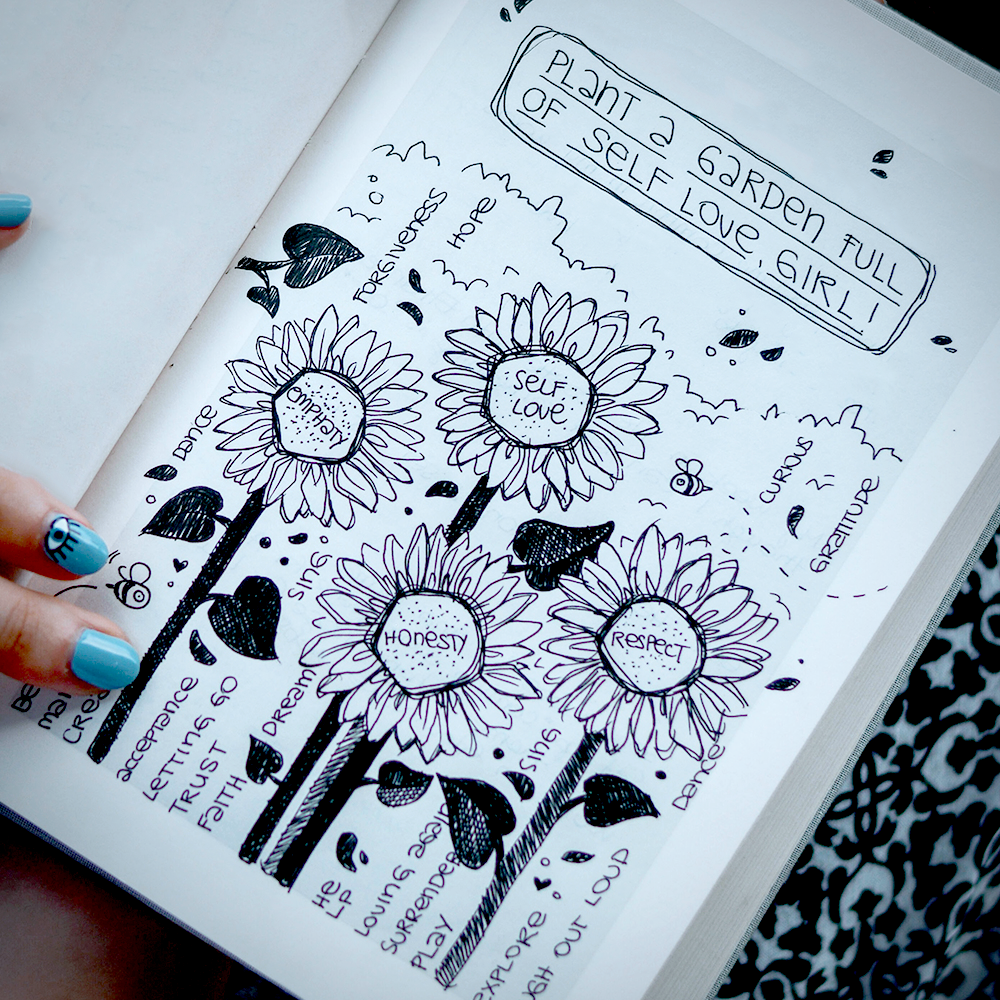


A Journey from Long Time Ago to Present
Art journaling, while a seemingly modern phenomenon, has roots that extend back a long time ago.
Historical records suggest that people have been combining words and images to document their thoughts and surroundings for centuries.
These early forms of art journals were often personal records, akin to diaries, where individuals would sketch their environment, inscribe observations, or even paste ephemera.
The practice was a precursor to today's art journaling, serving as a visual narrative of one's experiences and reflections.
This historical context enriches the practice by connecting contemporary art journalers with a long-standing tradition of visual storytelling.
In the present day, art journaling continues to evolve, incorporating contemporary themes and techniques while still honoring its rich heritage.
The digital age has expanded the reach and accessibility of art journaling, allowing individuals to share their work with a global audience.
Online courses and tutorials have emerged, guiding learners through the historical techniques and encouraging the incorporation of modern twists.
This blend of past and present in art journaling not only enriches the practice but also ensures its continued relevance and adaptation.
As practitioners connect with the history of art journaling, they contribute to its ongoing narrative, ensuring that this creative form endures and thrives in the years to come.
Artists and non-artists alike have been drawn to this medium as a way to combine their love for art with their need to document and reflect, making art journaling a unique historical tapestry of personal and collective expression.
Art Journaling in the Digital Age
With the advent of the digital age, art journaling has found a new platform for growth and community building.
Blog posts and online tutorials have become a treasure trove of inspiration for those interested in starting their own art journals.
The internet has allowed for the sharing of ideas and techniques, making it easier than ever for friends and strangers alike to connect over their shared interest in art journaling.
Photos of beautifully crafted pages are shared across social media, sparking hope and excitement in others to start their own art journaled adventures.
Moreover, digital tools have expanded the possibilities of what can be included in an art journal.
Artists are no longer limited to traditional stuff like paint and paper; they can now incorporate digital elements such as printed photos, digital stamps, and even augmented reality features.
This fusion of traditional and modern techniques has broadened the scope of art journaling, allowing individuals to fill their pages with a diverse range of media.
As a result, art journaling helps to bridge the gap between the analog and digital worlds, providing a versatile canvas for self-expression that resonates with the technologically-savvy generation while still honoring the tactile roots of the practice.

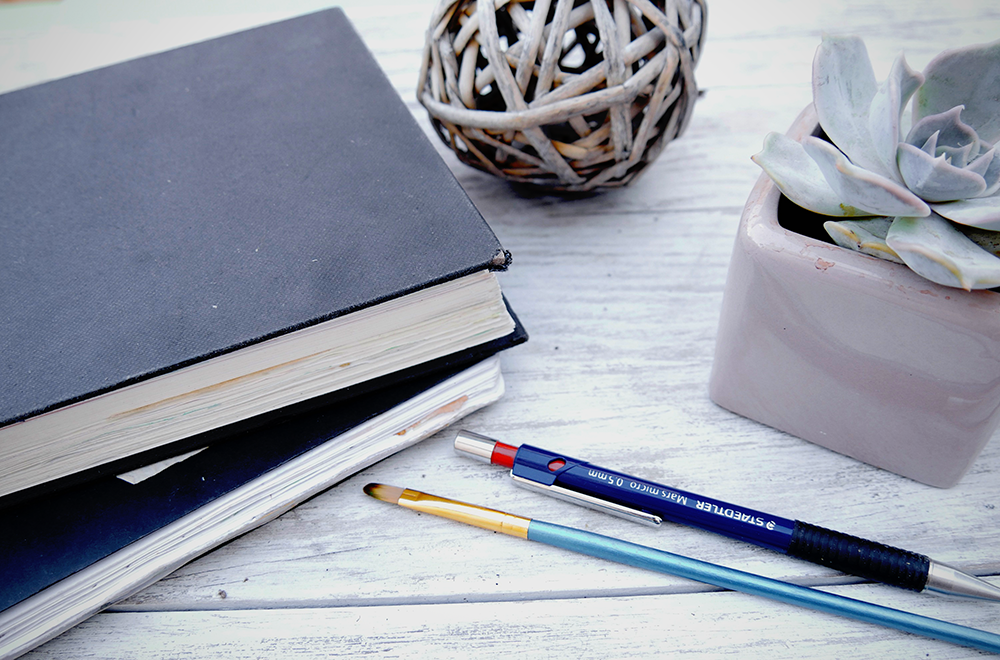
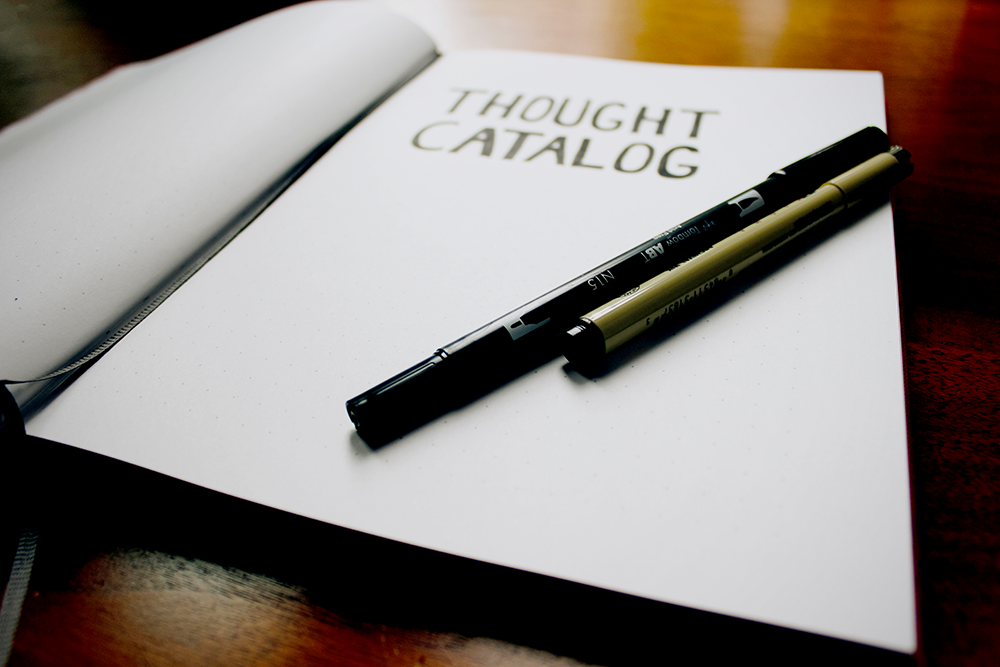
The Intersection of Art Journaling and Blogging
Art journaling has found a new dimension in the digital world, particularly through blogging.
A blog post about one's art journaling journey can serve as a virtual exhibition space, allowing artists to showcase their work to a global audience.
This digital platform not only democratizes the art world by breaking down geographical barriers but also provides a space for artists to narrate their creative process.
Blogging about art journaling invites feedback, fosters connections, and can even lead to collaborative projects, enriching the artist's experience and reach.
The advent of blog posts has revolutionized the way art journaling is shared and learned.
Bloggers have become pivotal in disseminating techniques and inspiration, transforming personal art journaling into a communal learning experience.
By documenting their creative process, artists offer a window into the nuanced world of art journaling, providing step-by-step guides and insights that are invaluable for both novices and seasoned practitioners.
These blog posts often serve as a virtual course, equipping readers with the knowledge to embark on their own art journaling journey, fostering a global community of like-minded individuals.
Moreover, art journaling blog posts often feature a plethora of images, videos, and descriptive narratives that capture the essence of the creator's work.
This multimedia approach not only enriches the content but also caters to various learning styles, ensuring that the message resonates with a diverse audience.
The interactive nature of blog posts allows for immediate feedback and discussion, creating a dynamic platform for exchange and growth.
As a result, art journaling enthusiasts can sign up for updates, participate in challenges, and even contribute their own experiences, further cementing the blogosphere as an integral part of the art journaling landscape.
Moreover, a blog post can be a powerful tool for documenting the evolution of an artist's style and technique.
By regularly updating their blog, art journalers can create a chronological archive of their work, which is invaluable for both personal reflection and professional development.
This online presence can attract opportunities such as workshops, book deals, or gallery exhibitions.
Blogging, therefore, becomes an extension of the art journaling practice, amplifying its impact and serving as a catalyst for growth and recognition in the art community.

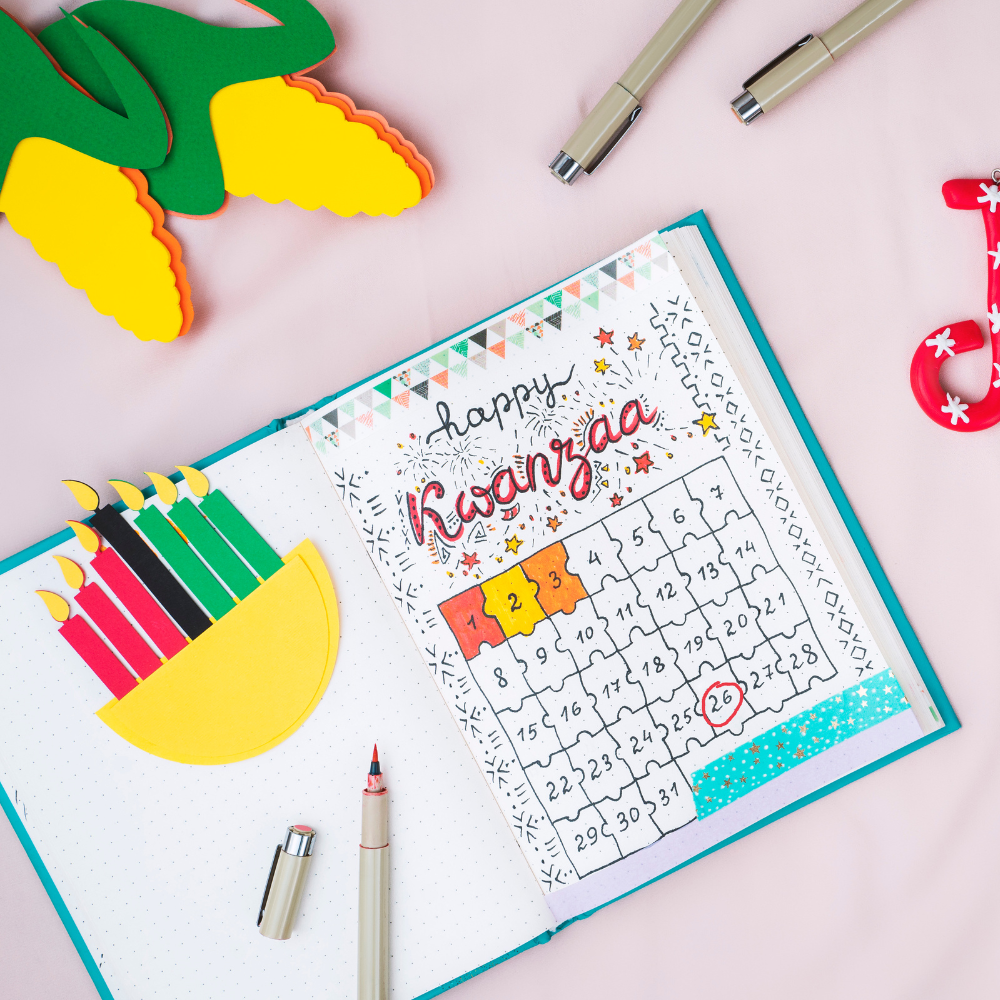

Accessibility and Inclusivity
One of the most appealing aspects of art journaling is its accessibility.
You don't need to be an artist with years of experience or have an array of expensive materials.
A simple notebook and a few basic supplies are enough to get started.
This inclusivity has encouraged a wide range of individuals to pick up art journaling as a hobby, allowing them to create without the pressure of perfection.
The focus is on the process rather than the end result, making it an enjoyable and low-stakes activity.
Additionally, art journaling can also serve as a form of therapy for individuals with various physical or mental disabilities.
It's a form of self-expression that doesn't require traditional artistic skills, allowing those who may face barriers in other forms of art to engage in a fulfilling and therapeutic activity.
There are also online communities specifically catered to individuals with disabilities, providing a space for support and connection through art journaling.
The versatility of this practice makes it accessible to people from all walks of life, regardless of their age, background, or abilities.
It's an inclusive hobby that embraces diversity and celebrates individuality.
The Community Aspect
Art journaling often leads to the formation of communities, both online and offline.
Blog posts, social media groups, and workshops bring together like-minded individuals who love art journaling.
These communities provide a platform to share artwork, exchange creative ideas, and encourage one another.
For many art journalers, these connections add a social dimension to their hobby, enriching their experience and offering a sense of belonging.
The art journaling community is a supportive and welcoming space, where artists can share their passion for this unique form of self-expression.
Furthermore, the practice of art journaling also encourages collaboration.
Artists may exchange pages or work on collaborative projects together, creating a diverse range of artwork that embodies the intersection of individual styles and voices.
This sense of camaraderie and collaboration adds an element of excitement and novelty to the art journaling experience, making it more than just a solitary hobby.


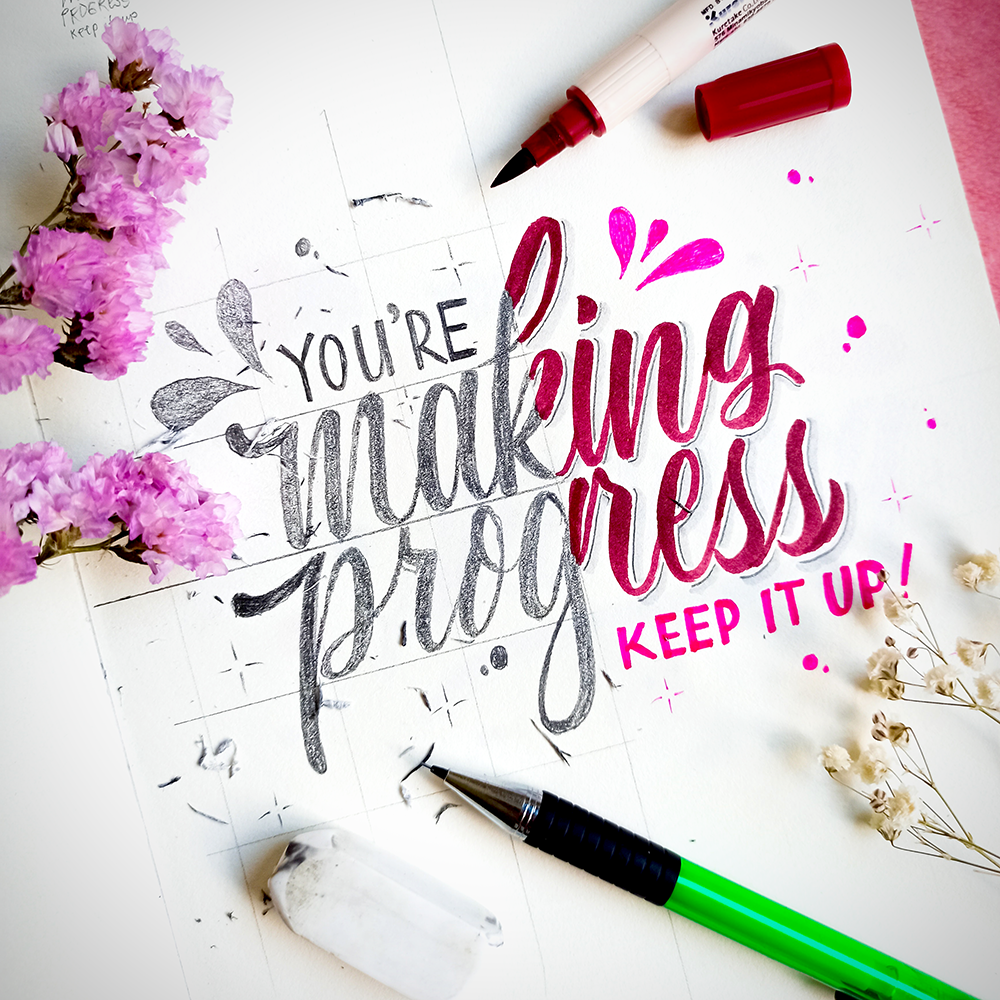
Journey of Self-Discovery
Art journaling is a versatile and personal form of self-expression that offers endless possibilities.
It's a form of self-expression that encourages personal growth, provides therapeutic benefits, and fosters inclusivity and community.
It serves as a creative outlet for exploring ideas, emotions, and artistic skills, often leading to personal growth and stress relief.
Art journaling is indeed a hobby that encompasses a wide array of activities, from writing and drawing to painting and collage, offering a creative way to explore ideas, process emotions, and document life's journey.
With the freedom to use any materials and techniques, art journaling is accessible to everyone, regardless of creative skill level.
The evolution of this practice, from ancient times to the digital age, is a testament to its enduring relevance and adaptability.
By embracing this unique art form, individuals can not only nurture their creative side but also connect with others in a supportive and inclusive community.
So, grab a notebook, some pens, and start creating - who knows where your creative journaling journey may take you!


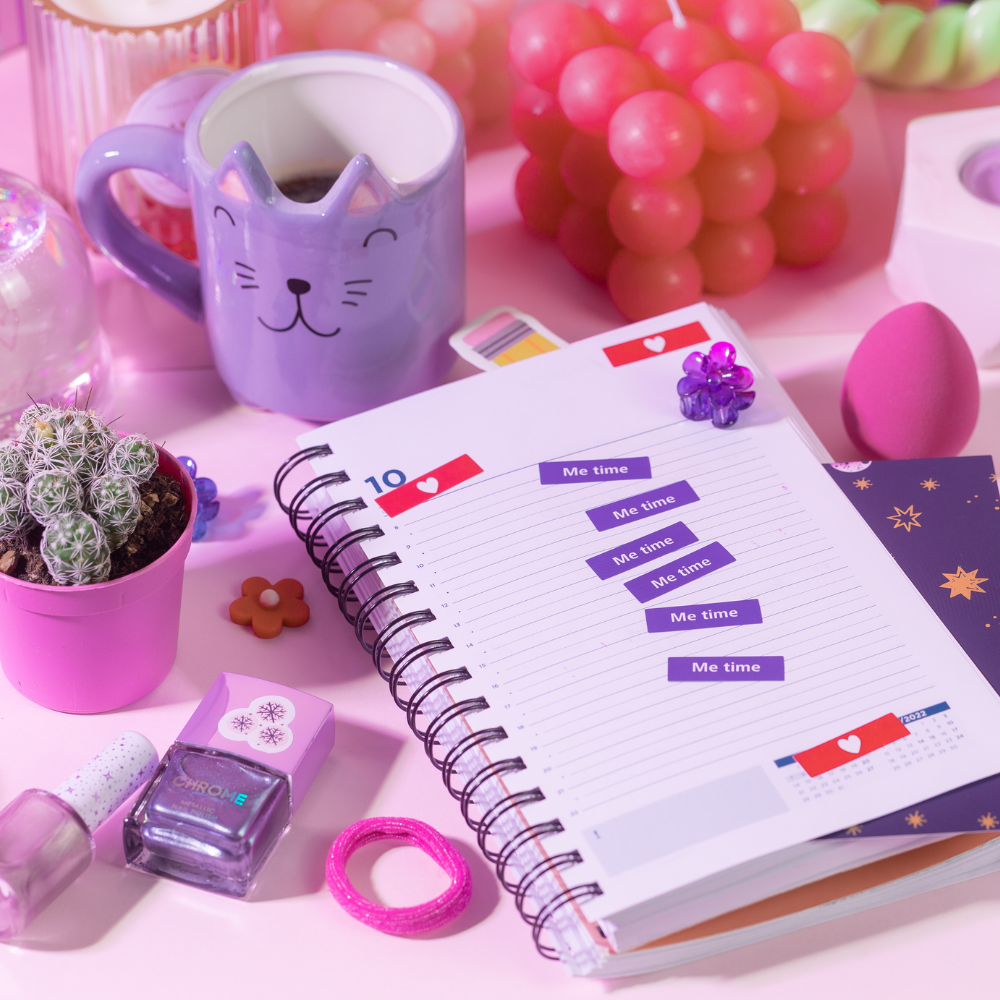
Looking to get started with an art journal? Check out Vicky Papaioannou's video!
Want even more content about creativity and art?
Be sure to check out all of our creative chronicles!
Eager to learn more about journals and sketchbooks?
Check out some of our other articles:
-How do you set up an art journal?
